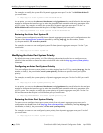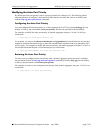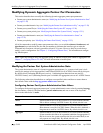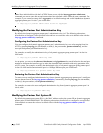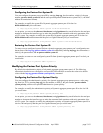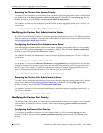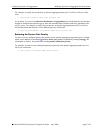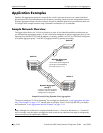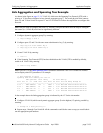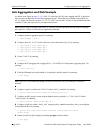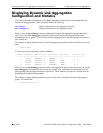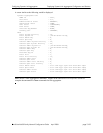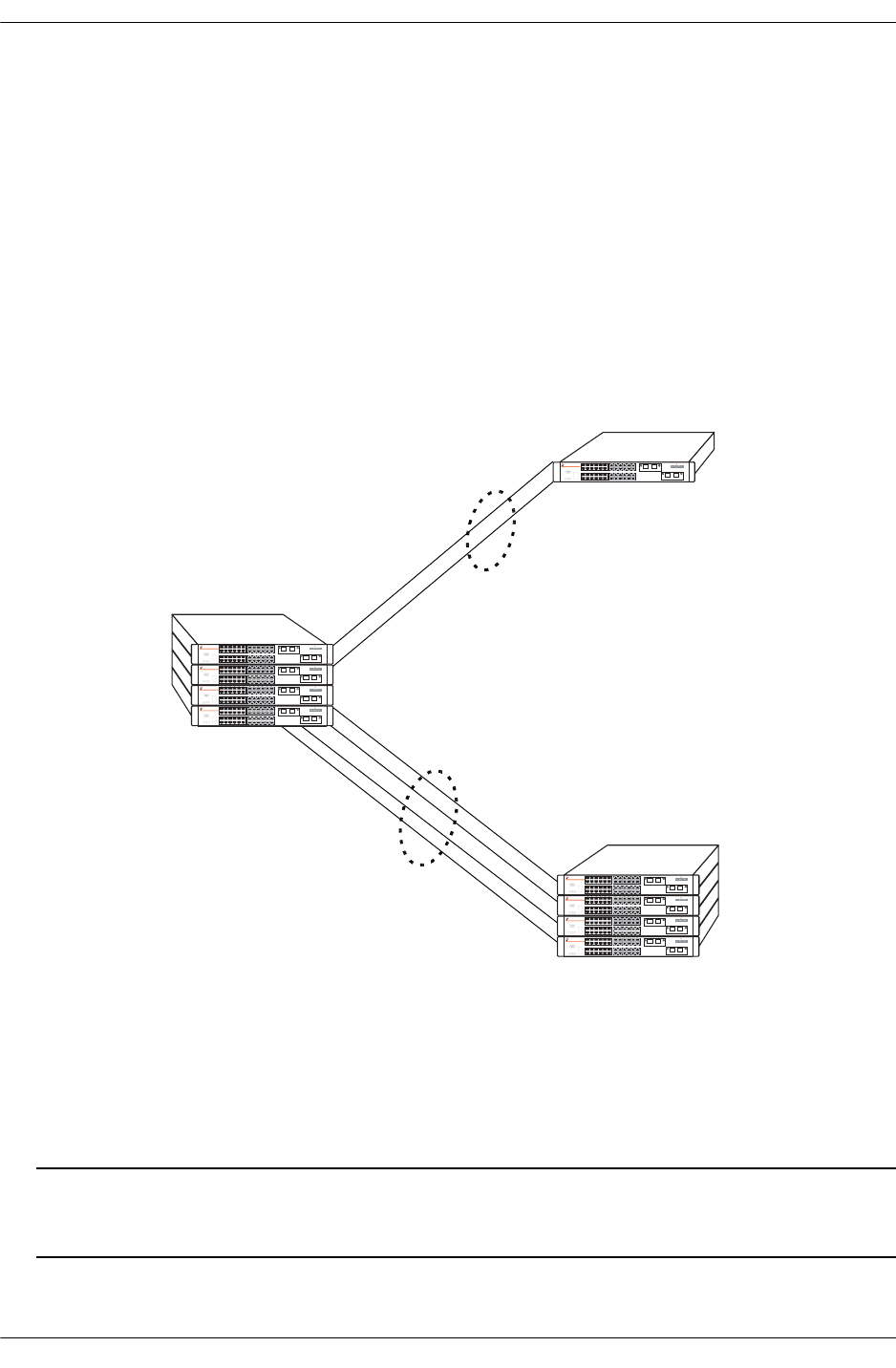
Application Examples Configuring Dynamic Link Aggregation
page 13-34 OmniSwitch 6600 Family Network Configuration Guide April 2006
Application Examples
Dynamic link aggregation groups are treated by the switch’s software the same way it treats individual
physical ports.This section demonstrates this feature by providing sample network configurations that use
dynamic aggregation along with other software features. In addition, tutorials are provided that show how
to configure these sample networks using Command Line Interface (CLI) commands.
Sample Network Overview
The figure below shows two VLANs on Switch A (a stack of four OmniSwitch 6648 switches) that use
two different link aggregation groups. VLAN 10 has been configured on dynamic aggregate group 5 with
Spanning Tree Protocol (STP) with the highest (15) priority possible. And VLAN 12 has been configured
on dynamic aggregate group 7 with 802.1Q tagging and 802.1p priority bit settings.
Sample Network Using Dynamic Link Aggregation
The steps to configure VLAN 10 (Spanning Tree example) are described in “Link Aggregation and Span-
ning Tree Example” on page 13-35. And the steps to configure VLAN 12 (802.1Q and 802.1p example)
are described in “Link Aggregation and QoS Example” on page 13-36.
Note. Although you would need to configure both the local (i.e., Switch A) and remote (i.e., Switches B
and C) switches, only the steps to configure the local switch are provided since the steps to configure the
remote switches are not significantly different.
Switch A
Switch B
Switch C
Dynamic Aggregate
Group 7
VLAN 12 with 802.1Q tagging
using 802.1p priority has been
configured to use this group.
Dynamic Aggregate
Group 5
VLAN 10 has been configured to
use this group with Spanning
Tree with a priority of 15.
OmniSwitch 6648
OmniSwitch 6648
OmniSwitch 6648
OmniSwitch 6648
OmniSwitch 6648
OmniSwitch 6648
OmniSwitch 6648
OmniSwitch 6648
OmniSwitch 6648



